-
 bitcoin
bitcoin $124586.364639 USD
0.62% -
 ethereum
ethereum $4670.671710 USD
3.33% -
 xrp
xrp $2.983701 USD
0.18% -
 tether
tether $1.000175 USD
-0.03% -
 bnb
bnb $1209.430642 USD
2.76% -
 solana
solana $231.365861 USD
0.51% -
 usd-coin
usd-coin $0.999665 USD
-0.02% -
 dogecoin
dogecoin $0.264657 USD
4.46% -
 tron
tron $0.346415 USD
1.60% -
 cardano
cardano $0.871586 USD
3.70% -
 chainlink
chainlink $23.451270 USD
7.56% -
 hyperliquid
hyperliquid $46.860071 USD
-2.96% -
 ethena-usde
ethena-usde $1.000120 USD
0.04% -
 sui
sui $3.611279 USD
1.08% -
 stellar
stellar $0.407149 USD
0.96%
Does the Ethereum ETF involve leverage?
Ethereum ETFs provide non-leveraged exposure to ETH’s price movements, offering regulated, accessible investment without the need for direct crypto ownership.
Sep 26, 2025 at 10:19 am
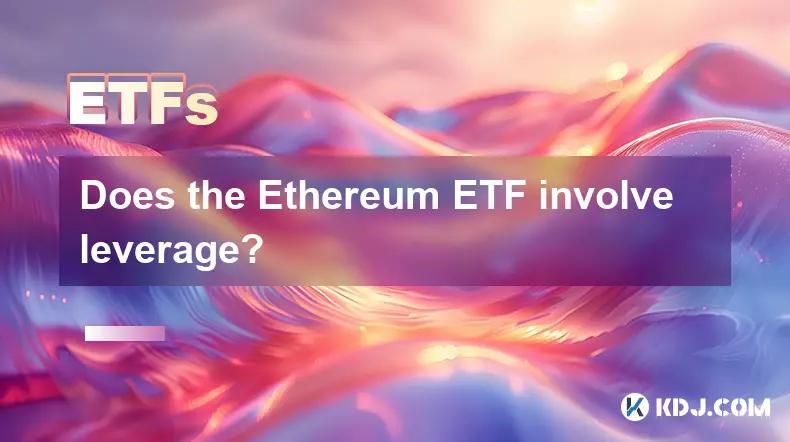
Ethereum ETFs do not inherently involve leverage. These financial products are designed to mirror the price movement of Ethereum without amplifying gains or losses through borrowed capital. Investors gain exposure to Ethereum’s market value in a regulated and accessible format, typically through traditional brokerage accounts.
Understanding Ethereum ETF Structure
1. Ethereum ETFs track the spot price of Ethereum, holding actual ETH or futures contracts as underlying assets.
- Unlike leveraged ETFs, they do not use derivatives or debt to magnify returns on a daily basis.
- The fund's net asset value (NAV) adjusts according to Ethereum’s market performance over time.
- Regulatory oversight ensures transparency in holdings and pricing mechanisms.
- Authorized participants manage creation and redemption of shares to maintain alignment with the underlying asset value.
Differences Between Spot and Futures-Based Ethereum ETFs
1. Spot Ethereum ETFs hold actual Ether tokens, providing direct exposure to price changes.
- Futures-based ETFs use Ethereum futures contracts traded on regulated exchanges like CME.
- Spot ETFs reflect real-time market prices more accurately but face custodial challenges.
- Futures ETFs may experience contango or backwardation, affecting long-term tracking accuracy.
- Regulatory approval for spot ETFs has been limited due to concerns over market manipulation and custody standards.
Risks Associated with Ethereum ETFs
1. Market volatility can lead to significant price swings even without leverage.
- Tracking errors may occur if the ETF does not perfectly replicate Ethereum’s performance.
- Management fees reduce overall returns over time.
- Regulatory changes could impact the availability or structure of Ethereum ETFs.
- Liquidity risks exist, especially during periods of high market stress or low trading volume.
Frequently Asked Questions
Q: Can I lose more than my initial investment in an Ethereum ETF?A: No. Since Ethereum ETFs are non-leveraged, your maximum loss is limited to the amount you invested.
Q: Are there leveraged Ethereum ETFs available?A: Currently, most approved Ethereum ETFs are non-leveraged. Leveraged versions would require different regulatory approval and are not widely available in major markets.
Q: How do Ethereum ETFs differ from investing directly in Ethereum?A: ETFs offer a simplified way to gain exposure without managing private keys or using cryptocurrency exchanges. They also provide integration with traditional investment accounts.
Q: Do Ethereum ETFs pay dividends or yield?A: No. Ethereum ETFs do not generate yield like staking. They solely reflect price appreciation or depreciation of the underlying asset.
Disclaimer:info@kdj.com
The information provided is not trading advice. kdj.com does not assume any responsibility for any investments made based on the information provided in this article. Cryptocurrencies are highly volatile and it is highly recommended that you invest with caution after thorough research!
If you believe that the content used on this website infringes your copyright, please contact us immediately (info@kdj.com) and we will delete it promptly.
- BlockDAG, DOGE, HYPE Sponsorship: Crypto Trends Shaping 2025
- 2025-10-01 00:25:13
- Deutsche Börse and Circle: A StableCoin Adoption Powerhouse in Europe
- 2025-10-01 00:25:13
- BlockDAG's Presale Buzz: Is It the Crypto to Watch in October 2025?
- 2025-10-01 00:30:13
- Bitcoin, Crypto, and IQ: When Genius Meets Digital Gold?
- 2025-10-01 00:30:13
- Stablecoins, American Innovation, and Wallet Tokens: The Next Frontier
- 2025-10-01 00:35:12
- NBU, Coins, and Crypto in Ukraine: A New Yorker's Take
- 2025-10-01 00:45:14
Related knowledge

Will the Ethereum ETF affect the decentralization of Ethereum?
Sep 28,2025 at 04:37am
Understanding Ethereum ETFs and Their Structure1. An Ethereum ETF (Exchange-Traded Fund) is a financial product that tracks the price of Ethereum with...
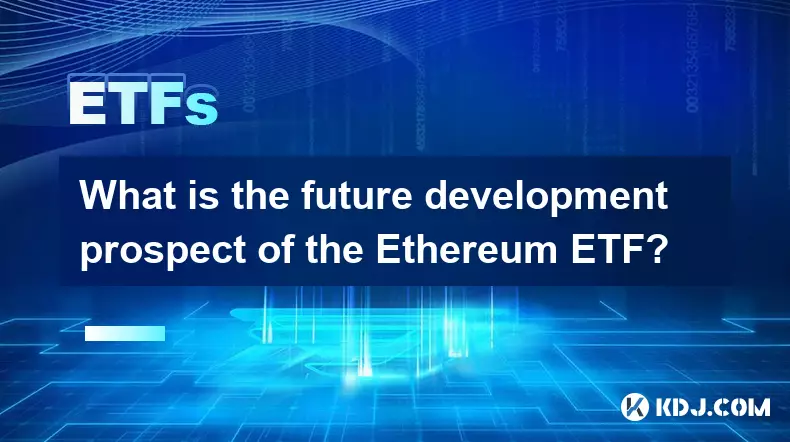
What is the future development prospect of the Ethereum ETF?
Sep 23,2025 at 01:36am
Ethereum ETF and Market Dynamics1. The introduction of an Ethereum ETF has sparked significant interest across the digital asset space. Institutional ...

Is the Ethereum ETF affected by Ethereum gas fees?
Sep 25,2025 at 12:18am
Ethereum ETFs and Their Structural Independence from Gas Fees1. Ethereum Exchange-Traded Funds (ETFs) are financial instruments designed to track the ...
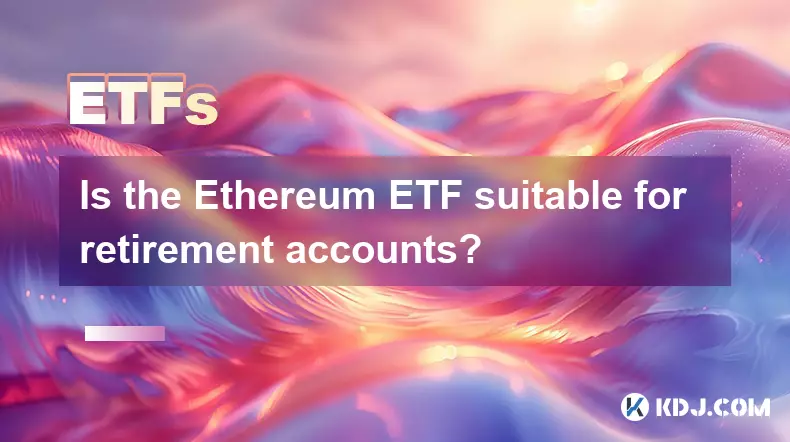
Is the Ethereum ETF suitable for retirement accounts?
Sep 29,2025 at 06:36am
Ethereum ETFs and Their Role in Retirement Planning1. Ethereum Exchange-Traded Funds (ETFs) have emerged as a bridge between traditional finance and d...
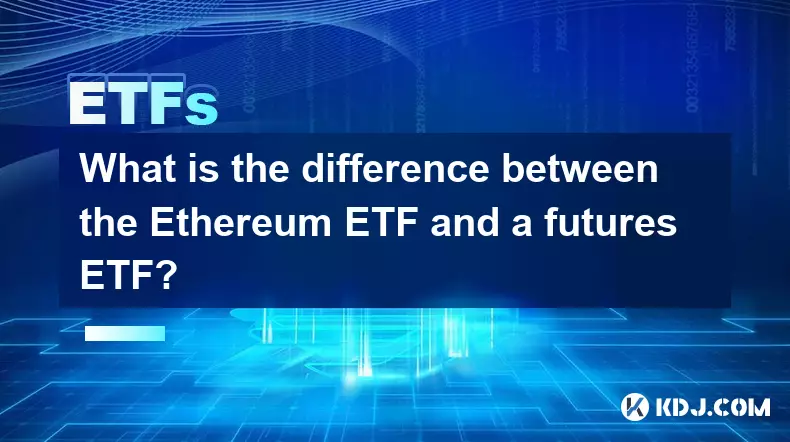
What is the difference between the Ethereum ETF and a futures ETF?
Sep 23,2025 at 06:18am
Bitcoin's Role in Decentralized Finance Evolution1. Bitcoin remains the cornerstone of decentralized finance, serving as a benchmark for value transfe...
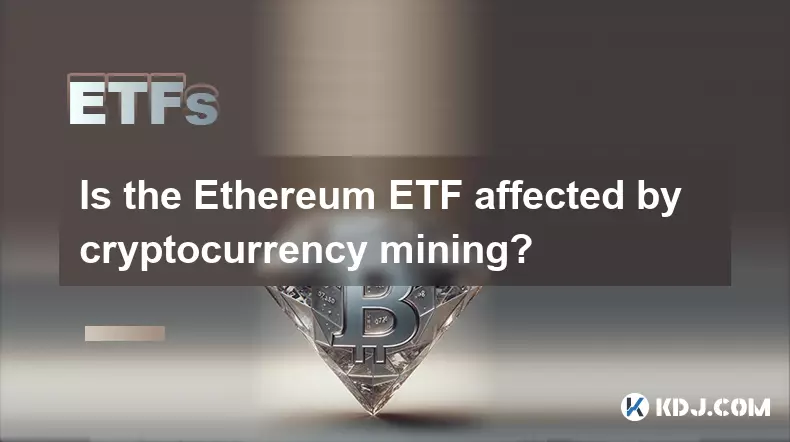
Is the Ethereum ETF affected by cryptocurrency mining?
Sep 23,2025 at 03:37pm
Understanding Ethereum ETFs and Their Market Drivers1. An Ethereum ETF (Exchange-Traded Fund) is a financial product that tracks the price of Ethereum...

Will the Ethereum ETF affect the decentralization of Ethereum?
Sep 28,2025 at 04:37am
Understanding Ethereum ETFs and Their Structure1. An Ethereum ETF (Exchange-Traded Fund) is a financial product that tracks the price of Ethereum with...

What is the future development prospect of the Ethereum ETF?
Sep 23,2025 at 01:36am
Ethereum ETF and Market Dynamics1. The introduction of an Ethereum ETF has sparked significant interest across the digital asset space. Institutional ...

Is the Ethereum ETF affected by Ethereum gas fees?
Sep 25,2025 at 12:18am
Ethereum ETFs and Their Structural Independence from Gas Fees1. Ethereum Exchange-Traded Funds (ETFs) are financial instruments designed to track the ...

Is the Ethereum ETF suitable for retirement accounts?
Sep 29,2025 at 06:36am
Ethereum ETFs and Their Role in Retirement Planning1. Ethereum Exchange-Traded Funds (ETFs) have emerged as a bridge between traditional finance and d...

What is the difference between the Ethereum ETF and a futures ETF?
Sep 23,2025 at 06:18am
Bitcoin's Role in Decentralized Finance Evolution1. Bitcoin remains the cornerstone of decentralized finance, serving as a benchmark for value transfe...

Is the Ethereum ETF affected by cryptocurrency mining?
Sep 23,2025 at 03:37pm
Understanding Ethereum ETFs and Their Market Drivers1. An Ethereum ETF (Exchange-Traded Fund) is a financial product that tracks the price of Ethereum...
See all articles










































































